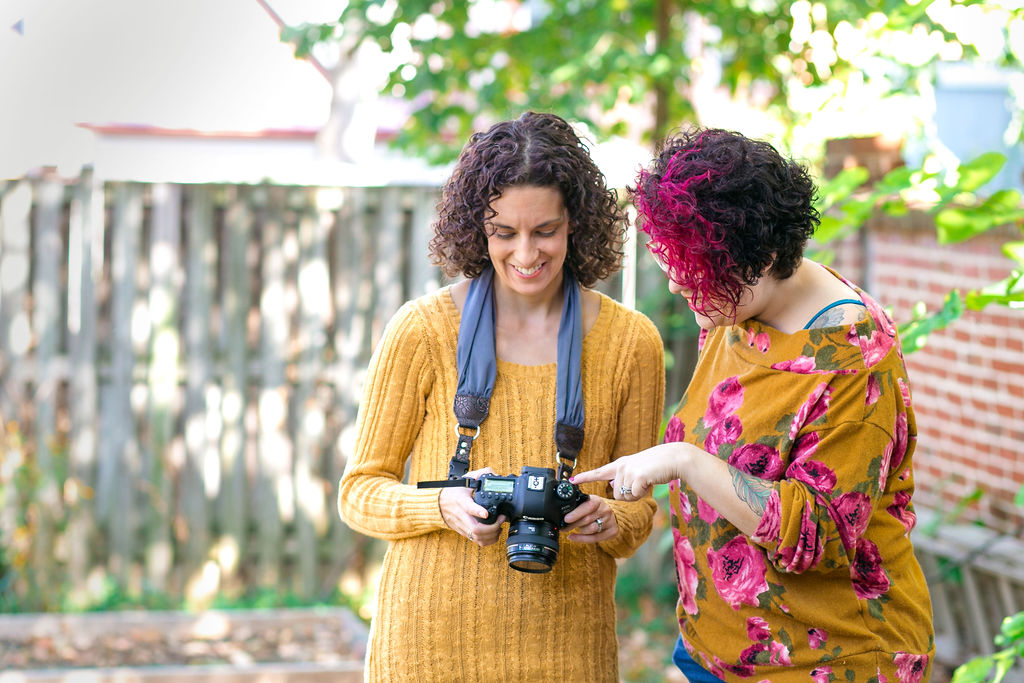Starting photography can feel overwhelming. With so many camera types, brands, and specs, it’s hard to know where to begin. Don’t worry — this guide breaks down everything you need to choose your first camera with confidence.
📸 Step 1: Decide What You’ll Use It For
Your choice depends on your main goal:
- Travel & Everyday Photos → Lightweight mirrorless or compact cameras.
- Vlogging & Content Creation → Mirrorless with strong video features.
- Wildlife or Sports → DSLR or mirrorless with fast autofocus and zoom lenses.
- Learning Photography → Entry-level DSLR or mirrorless with manual controls.
🔍 Step 2: Understand the Camera Types
- DSLR → Larger, optical viewfinder, great battery life.
- Mirrorless → Smaller, lighter, better video, electronic viewfinder.
- Compact / Point-and-Shoot → Simple, affordable, but limited features.
- Smartphones → Always with you, but less control.
⚙️ Step 3: Key Features to Look For
- Megapixels (MP): Don’t chase numbers — 16–24MP is enough for beginners.
- Sensor Size: Bigger sensor = better low-light performance and detail.
- Autofocus: Look for fast and accurate autofocus (important for video).
- Lens Options: Choose a system with affordable beginner lenses.
- Video Quality: If you plan to film, 4K video is now the standard.
💰 Step 4: Set Your Budget
- Under $500 → Compact cameras or entry-level mirrorless.
- $500–$1,000 → Beginner DSLRs and mid-range mirrorless cameras.
- $1,000+ → Advanced mirrorless with pro features.
🎯 Step 5: Try Before You Buy
- Visit a camera store to test grip, weight, and menus.
- Check reviews and YouTube comparisons.
- Think long-term: lenses and accessories matter more than just the body.
🔮 Final Thoughts
Your first camera should fit your needs, budget, and future goals. If you want portability and modern features, go mirrorless. If you prefer traditional handling and longer battery life, go DSLR.
